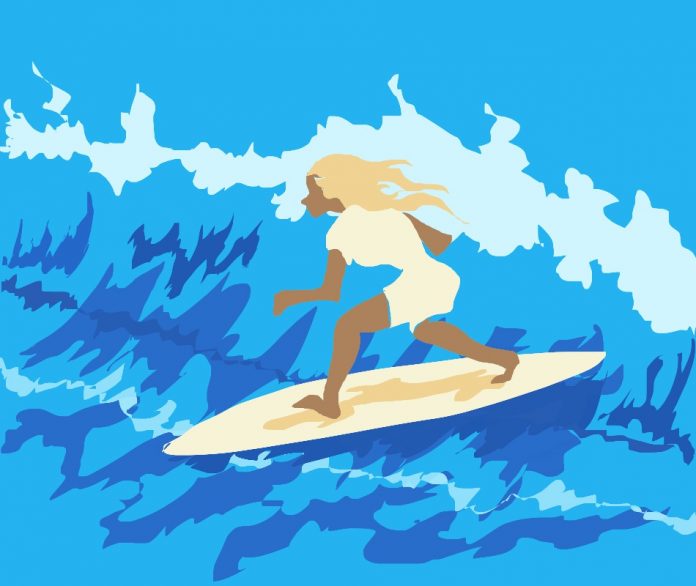Tanner Walker
Science & Tech Editor
Hillsides above Montecito charred by the Thomas fire gave way after heavy rainfall on Jan. 9, resulting in mud and debris which were responsible for over 20 deaths and destruction of 137 homes.
The affected community was almost completely cut off from the surrounding areas. Thousands of residents were stranded in their homes without power, some were blocked by mud too high to open their doors while others were unable to navigate the flooded roads. Routes 101, 192, and numerous residential streets were flooded or blocked by debris, making them completely impassable. Multiple fires erupted after gas lines broke.
Rescue operations began almost immediately, and community driven relief stations as well as donation efforts to help displaced residents sprang up shortly after. Montecito and Santa Barbara as a whole have not fully recovered from the disaster, but the progress made is inspiring.
Almost two weeks after the mudslide, life is starting to return to normal for some Santa Barbara residents living outside the area immediately damaged by the debris flow. At this point, many are starting to ask themselves questions that might seem petty in the face of such a disaster.
Is it worth taking the train to Los Angeles to see that show I bought tickets for this weekend?
Is there really a ferry going from Santa Barbara to Ventura?
Where in the world is route 166?
But most importantly: should I go surfing?
On one side of the argument are the good conditions and solid waves that usually follow a significant storm in Southern California. But on the other side are the contaminants — like brake dust, oil, and dog poop — that rain washes into storm drains and eventually into the ocean.
In most cases though, the answer is almost always to take your chances and paddle out.
Surfing differs from most other outdoor hobbies because it is almost completely dependent on conditions outside human control. Unless you’re Kelly Slater and have your own wave pool, you can’t return to the same waves every day like you can return to the same basketball hoop.
The risk of becoming sick after surfing post-rain is a real threat, but surfers risk their health just the same as any other athletes do. Unless you’re surfing waves well overhead or at a break with hidden rocks and dangerous currents, drowning doesn’t cross a surfer’s mind. Injuries like torn ligaments, broken bones, and concussions are much less common than they are in traditional ball and stick sports.
Surfing is also arguably much safer than similar sports like skating or snowboarding. There is no concrete to slam into, no jumps to land short on, and no rails to hit. So, why not take the risk of paddling out after rain?
Researchers from the University of California, Berkeley, the Southern California Coastal Water Research Project, and the National Surfrider Foundation found that “the risk of getting sick after swimming in the ocean is about 25 per 1,000,” according to the San Diego Union Tribune. “That number increases to 30.2 per 1,000 following rainy conditions.” Three days after the rain, the risk of catching an illness returns to almost baseline levels.
Especially in Santa Barbara where rainstorms are few and far between, taking a chance on your health a few times a year to score waves you might not get until the next winter is worthwhile. Setting aside pre-existing conditions like a large, open wound that could get infected or an unusual amount of pollution, surfing after the rain is the right decision.
The level of dirtiness needed to keep core surfers out of the water is a grey area, but at a certain point everyone knows the line has been crossed. The current conditions at most beaches in Santa Barbara county are definitely beyond the point of “too dirty to surf.” According to the county, levels of “fecal coliform” are more than 60 times the state health standard.
Surfing in water contaminated with fecal-anything is disgusting, and the dangers aren’t worth surfing in those conditions. However, contaminants like that aren’t common and shouldn’t influence the decision to surf or to stay dry. It’s ultimately up to each surfer to make the choice, but for people who are truly committed, it’s a lot harder to say no than yes.











